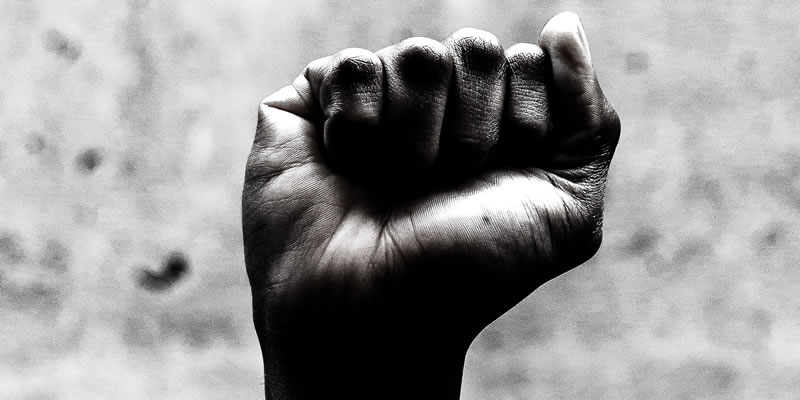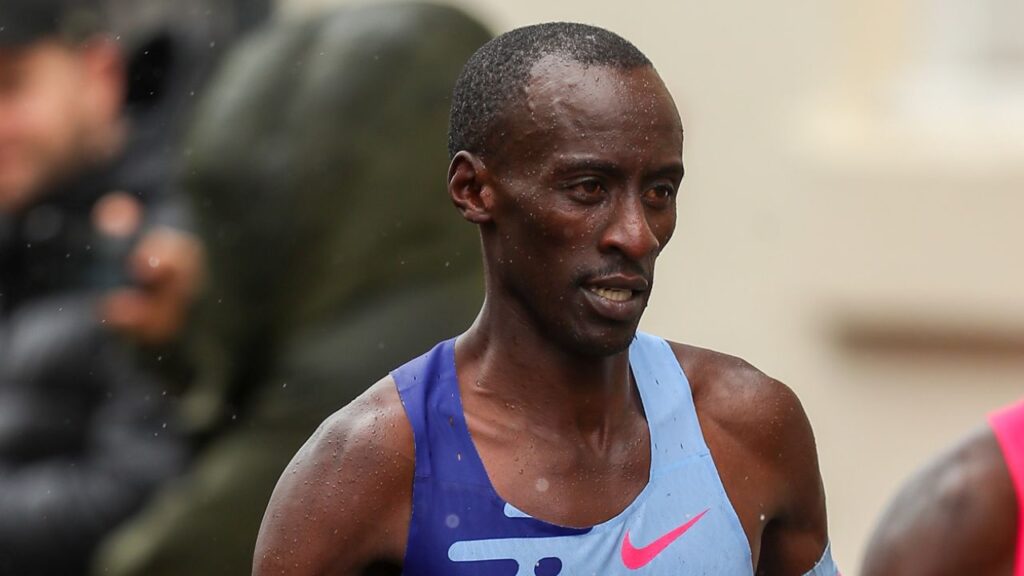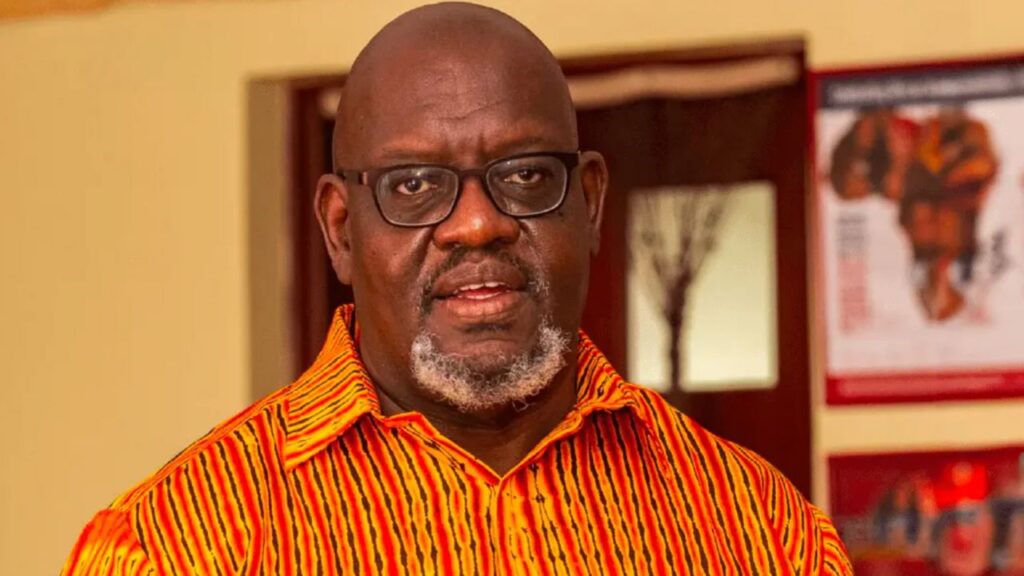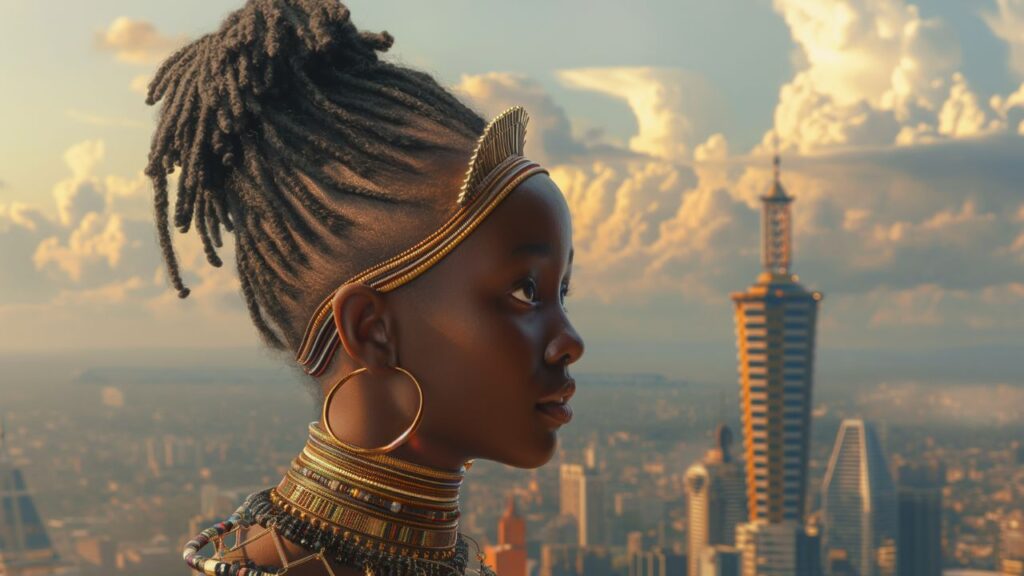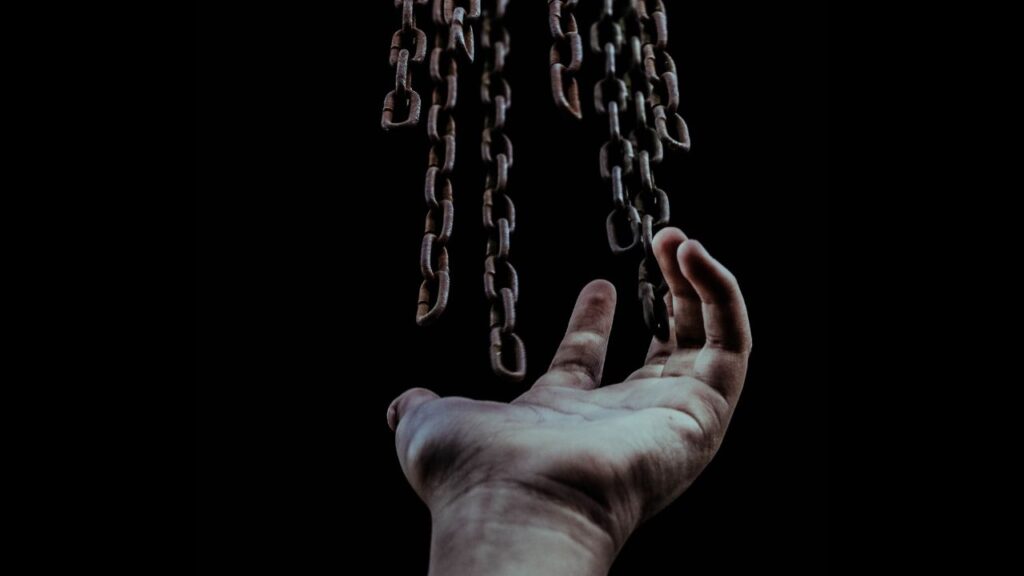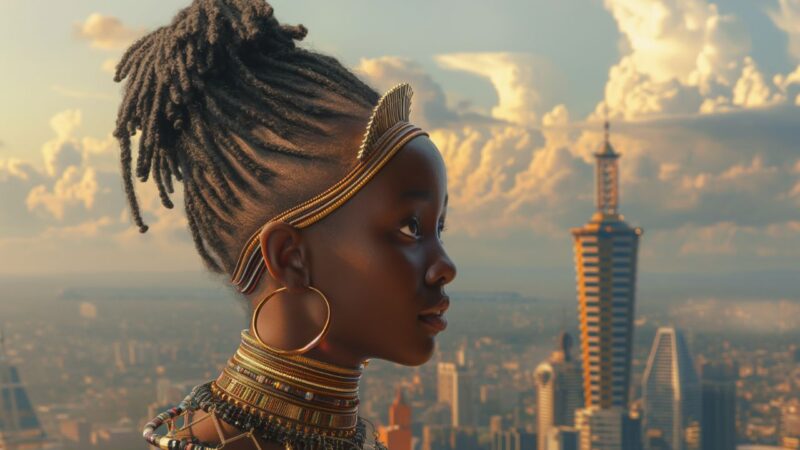Ask any child of the 80s what, “Polisi wa kae kama raia” means or why August is called the “ Black month” and the question evokes a chain of memories buried deep in our psyches. The children of the 80s try to forget but we remember.
I started my remembering again after I took my 26-year-old nephew on a trip down my memory road. Didi is the firstborn of my eldest brother John. He is a true blood millennial, born in 1991, after the fall of the Berlin Wall, the Falklands War, the failed assassination of Ronald Reagan and the assassination of Indira Gandhi.
He was born after the release of ANC’s Nelson Mandela, the end of apartheid, the victory of Museveni’s NRM in Uganda and Sam Njuoma SWAPO in an independent Namibia.
After Said Barre was overthrown in Somalia, the SPLA civil war in Sudan, Jonas Savimbi’s CIA backed war against the Marxist government in Angola, the rise and fall of Samuel Doe in Liberia,
After the assassination of Walter Rodney, Captain Thomas Sankara and the plane crash that killed Samora Machel in South Africa.
After the murder of Dr. Robert Ouko, the mysterious death of Bishop Alexander Muge, and the hanging of Senior Private Hezekiah Ochuka.
After the Wagalla massacre, the devastating Ethiopian famine that killed half a million people, the Tiananmen Square massacre in Beijing and the unaccounted extermination of young lives to the AIDS virus.
After the July Saba Saba riots, the repealing of the Section 2A of the constitution that made Kenya a multiparty state that promised a future of dignity, liberty and prosperity in a democratic society.
We stood on Menelik Road facing the house where my innocence was lost. Menelik II was the emperor of Ethiopia who repelled an Italian invasion in the great battle of Adowa, a fact I learned years later in a history lesson in high school. There was a high drab wall surrounding the maisonette compound. We could only see the upper part of the house, the rain gutter that peeled and cracked paint under the mouldy black tiled roof. There was a kiosk and vegetable stand right outside what used to be the main access gate now completely sealed. The road was dotted with potholes and marked by high walls. The neighbourhood had changed like the rest of Nairobi. Closed, neglected and cold.
Nairobi of my childhood was a green city in the sun. In the 80s, one had to go to the military barracks or the prisons to find high walls. I conjured up a picture of Menelik Road in the 80s. Red and purple blooms of Bounganvillea hedges, bamboo fences, gated homes with manicured cypress fences, see-through gates, mbwa kali signs where white foreigners lived, mature Jacaranda trees and children taking turns riding a single BMX bicycle. At the closed end of Menelik Road was Kilimani Primary school run by a Goan man known as Mr. Fonseca, fondly known as Fonyi.
The first time I saw President Moi in the flesh was at this school. The President had stopped outside the school gates on the road named after Kenya’s first African lawyer Argwings Kodhek who died in a suspect road accident in 1969. The entire school assembled by the roadside to greet the President who had built a reputation for making surprise public stops to interact with adoring ‘ordinary wananchi’. I do not remember what Moi said but he distributed boxes of tiny biscuits afterwards, leaving us elated and in awe of Presidential power.
Menelik Road fed into Ngong Road from where the KBS buses run on time and the traffic congregated at Adams Arcade shopping centre. Adams Arcade had a timeless design that has endured the onslaught of Nairobi’s mall culture and a history dating back to the 40s. The open verandahs with large walkways, a post office, butcher shop, a bakery, basement bar are still contemporary. The iconic artistic cement slide we darted up and down as kids remains stuck in stone. The star attraction of the arcade was the Metropole cinema. I only ever watched a film there twice as the movies were adult rated but we still showed up at Adams every opportunity to drool over the movie posters and envy lucky movie goers. Adams Arcade is named after its enterprising founder Abdul Habib Adam who acquired the piece of land as payment on debt owed by the colonial government and then went ahead to design East Africa’s first shopping complex even though he was not a trained architect. On the lower level now occupied by Java coffee house was Tumbo’s bar.
Metropole cinema closed down alongside a host of cinema halls in Nairobi some years after the ’82 coup and little did we know that our privileged middle-class bubble was about to burst. My pre-teen worldview was manufactured by a father who kept up the fiction to save his children from the trauma of real world events happening around us. It was an alternative universe, much like Italian director and actor Roberto Benigni’s critically acclaimed film “La vita e bella” (Life is Beautiful). In the film, Benigni plays the role of a Jewish Italian bookshop owner, Guido who embarks on the imaginative game of positivity to shield his young preteen son from the horrors of the Nazi concentration camp while under captivity. Like Guido, I had a father who coped under duress of disruptive post ’82 years by choosing silence or humour because they were the most powerful ways a father could cry during hard times.
I lost my innocence of a predictable and certain world in 1982 on the first day of August. I was 8 years old. My elder brother returned from a party on the 31st July and had turned on his portable transistor radio to catch the 6 am news. That Sunday morning, the hesitant voice of radio veteran Leonard Mambo Mbotela on VOK’s national service announced that the government of Daniel Arap Moi had been overthrown. On the national broadcaster, an unfamiliar voice pronounced afterwards,
“You are hereby informed that everybody is requested to stay at home. They should be no movement in town. The government has been taken over by the military. There should be no movement of persons and vehicles. The police should now assume their roles as civilians until further notice,”
For the next three days, there was a protracted firefight between the Kenya Airforce soldiers cheered on by University of Nairobi students against the elite General Service Unity and the Kenya army led by General Mahmoud Muhammed. The city of Nairobi shut down, looters broke into shops and the head of state was nowhere to be seen or heard until days later when he appeared on TV looking thoroughly shaken. The poorly organized coup was crushed in 3 days but for the next three weeks, we stayed marooned indoors listening to the radio playing martial music under a dawn to dusk curfew. At the end of the month of August ’82, 100 soldiers and about 200 civilians had died and President Moi was primed to crush any threat to his hold on power.
The men who led the military revolution that never was were in their 20s drawn from low ranking Air force personnel and the public universities. There were sons of the working poor who died for their revolutionary ideals. The leader of the coup was 29-year old Senior Private Hezekiah Ochuka of the Kenya People’s Redemption Council.
Nairobi went through drastic changes after the failed coup attempt and a new kind of silence fell over our house. My parents never discussed politics in our presence. I was never certain what my father, who worked for the Ministry of Health, thought of the president. Media was government controlled and the news for public consumption feted the benevolence of our great leader, Baba Moi. Oblivious of the ongoings, we had no idea how quickly the country was slipping into repression. We watched as the adults stood aside and cheered like frogs placed in a pot of cool water complacently adjusting to the rising temperature until they boiled to death.
Night watchmen started to appear in the Kilimani neighbourhood – typical men from the pastoralist communities, the brave warriors to stand guard at night because house break-ins had reportedly increased. The bamboo fences disappeared replaced by cement block walls. Burglar proofing on windows became a standard house feature. The wooden gates replaced by solid metal ones with small access doors that one had to hunch over to get through. We started to notice ‘chokoras’ roaming through the neighbourhoods scavenging through growing roadside garbage piles that had gone uncollected for months.
The political and economic changes of the 80s and the 90s were disruptive to the lives of hundreds of thousands of government workers and their families who suddenly slipped overnight from the middle classes, no longer able to afford the privilege of security. In just a few years, there was massive flight of former civil servants from Kilimani and Woodley for Eastlands and villages across the country. I became part of the generation defined by what cartoonist Gaddo characterized as the Nyayo error.
The education system changed from 7-4-2-3 to 8-4-4. We became Moi’s guinea pigs, trained in the ethics of loyalty and patriotism. Moi’s hold on the country affairs was iron-fisted and totalitarian. As children, we totally succumbed to the Kool-Aid of the Nyayoism, programmed by the elaborate state propaganda machine, the original Cambridge Analytica. Living under the grip of Moi’s media hegemony had us parroting Nyayoism propaganda slogans.
The free school milk deprogrammed critical thought. Moi benevolence was God inspired and we knew this because TV cameras followed him to church every Sunday. Competing mass choirs emerged in droves singing in chorus in praise of the Great Leader. We memorized the ‘Nyimbo Za Kitamaduni” raising our voices in complete reverence as we sung the words to Mwalimu Thomas Wesonga choral hit song, “Tawala Kenya, Tawala, Rais Moi”, wagging a single finger in the air and unconsciously endorsing the one-party state of affairs indoctrinated with the Nyayo philosophy of Peace, Love and Unity. During the morning assembly, we recited the loyalty pledge with pride.
I pledge my loyalty to the president and the nation of Kenya. My readiness and duty to defend the flag of our republic. My devotion to the words of our national anthem. My life and strength in the task of our nation’s building. In the living spirit embodied in our national motto – Harambee! And perpetuated in the Nyayo philosophy of peace, love and unity.
Moi was the wise leader, the visionary, a man of God and the sole reason Kenya was an island of peace in a sea of conflict. There was civil war in Uganda, Somalia, Sudan, Ethiopia, Congo, Rwanda and Burundi. Any version of events or literature contrary to the official narrative earned one a subversive and dissident tag and the consequences that came with the label. As we sang and danced to patriotic songs in praise of the great leader and the beautiful life he accorded his subjects, our parents bore the brunt of the dismantling social pillars of society.
“The forces of neo-liberalism are on the march, dismantling the historically guaranteed social provisions provided by the welfare state, defining profit-making and market freedoms as the essence of democracy, while diminishing civil liberties” (Henri Giroux, 2004).
The government under pressure from the IMF adopted the Structural Adjustment Programmes (SAPs) designed to create rapid and sustainable economic growth but instead, they ushered in unprecedented loss of jobs and income equalities uprooting thousands of families and their dependants from the security of government social services. The state surrendered the economy to market forces, prioritising paying off foreign debt over social services. The social systems collapsed overnight as funding was choked, passing public institutions and services into private hands in the name of efficiency. Cost sharing became mandatory and the inequality grew overnight. The public education standards plummeted. The intellectuals were hounded, undermined, exiled, detained, subdued and turned into puppets.
Peter Oloo Aringo, the then Minister for Education captured the sentiment of the times when he publicly announced in biblical and Shakespearean rhetoric during a Nairobi university graduation ceremony that Moi was the Prince of Peace.
Unemployment increased as formal employment opportunities shrunk and the jua kali sector mushroomed. Public bus system broke down descending into a matatu culture of urgency and trickery. Potholes started to become familiar, a thing and public facilities sunk into a permanent decrepit state. Freedom of movement and association was curtailed as police officers turned rogue. Beards became profiled as marks of dissidence or Marxist in leaning, as dangerous as a young man in Kenya’s ghettos spotting dreadlocks during in the later day Mungiki crackdown. The politics became a contest of loyalty to the big man and a new cast of uneducated but loyal court jesters filled the ranks of important state positions. After ’82, Moi ran a tight ship silencing protest effectively, with the perpetual dread of the shadowy Special Branch hanging over the population.
The white man is very clever. He came quietly with his religion. We were amused at his foolishness and allowed him to stay. Now he has won our brothers, and our clan can no longer act like one. He has put a knife on the things that held us together and we have fallen apart.
Chinua Achebe, – Things Fall Apart
Fear and loathing of one’s helplessness is what defined the brand of enforced ‘silence’ of the Moi years. I had little idea that I had inherited my parents’ traumas growing up in an autocratic patronage system. Even during my boldest moments of protest as a university student in the fight for second liberation in the late 1990s, I knew my boundaries. I knew when to reserve comment, speak in code, choose my word carefully and keep my political opinions to myself in public. Stronger, braver and important men had disappeared. I had no illusion what the state was capable of.
The only other thing that rivaled the dread of Moi state repression machinery was a mysterious virus that hunted young lives like Tekayo the cannibal character in Grace Ogot’s “ Land Without Thunder”. On January 15 1985, the Standard newspaper carried a headline “Killer sex disease in Kenya”. HIV AIDS virus compounded by a broken public health system devastated my generation and it became the single biggest contributor of orphaned children. The safe sex and abstinence campaigns coincided with the rise of evangelical churches capitalizing on the despondency that defined the times. By 1988, AIDS had taken on a religious dimension as the curse of our generation. Reinhardt Bonnke, a German preacher arrived to great pomp and razzmatazz to save the souls of Africans and packed stadiums preaching the gospel of healing and miracles. Tens of thousands gathered at his mega-crusade including senior government officials, swept away by the frenzy of spiritual warfare against the demonic forces unleashed on the “Dark” continent.
In traditional Anglican, Catholic and Presbyterian churches, a band of bold men spoke softly and firmly, using their pulpits to preach the gospel of redemption from an oppressive status quo. There was Bishop David Gitari, Alexander Muge, Henry Okullu and Reverend Timothy Njoya. Two years later in 1990 Bishop Muge was dead and Timothy Njoya had been severely beaten in public by state agents outside the parliament buildings.
36 years since the coup of ’82, Kenya remains deeply entrenched in the politics of pilferage and division. The wealth and poverty gap is immoral. The country that the late JM Karuiki once decried as one of “10 millionaires and 10 million beggars” is firmly entrenched. The former Chief Justice Willy Mutunga bluntly called Kenya a bandit economy run by mafia-style cartels. Grand theft has become the enduring characteristic of the historical state and the common denominator co-joining successive generations.
On January 20th, 1961, at the Capitol in Washington DC, newly elected President John F. Kennedy inauguration speech ended with a line that would shape a generation in America,
“Ask not what your country can do for you- ask what you can do for your country”.
The leadership of all progressive nations have demanded the same unwavering patriotism of their citizens and bled the rhetoric of national service to death. However the contrary question is never tabled,
“Ask what your country has done to you?”
Are we willing to talk of the past human rights abuses, the forgotten events of historical injustice, the systemic traumas that we continue to stuff in the storehouse of national amnesia? How can a country that is unable to face and deal with its past move forward?
The millennials I meet ask this question in collective wonderment. How did it go so tragically wrong for a generation that ate the bitter fruits of the Nyayo philosophy? Why did the foot soldiers of the second liberation turn into eager oppressors and ethnic bigots driven by an unprecedented level of greed? If we are to make any sense of our presence and our future we have to go look back to where we lost our way in a Sankofa-esque way. The literal translation of the term Sankofa is,
“ It is not taboo to fetch what is at risk of being left behind”.
When I name my defining Kenyan traumas, I start with ’82, the year that I first experienced the existential angst of Kenya’s middle class. I think about the good intentions of my late father, part of the silent generation born between 1924 and 1942. He was defined by the Second World War and the Mau Mau state of emergency. By 1982, he did what any loving father would have done; shield one’s children from the harsh reality and until they were old enough and equipped to deal with it. My own father died in 1989, the year that Berlin Wall came down and it was the same year that I realised that life was not beautiful, aware of my mis-education in a postcolonial reality, I began my own personal journey of consciousness and awareness.
In 2002 after the inauguration of Mwai Kibaki, I made the number of those Kenyans described as the most optimistic population in the world. Moi was gone. My generation was unbwogable. We had survived the repressive years 80s and 90s and gotten rid of our collective problem. The impossible dream achieved and a bright future beckoned.
By 2005, Mwai Kibaki had been in power for three years and already the optimism of the year 2002 had worn thin. The politics of ethnic hegemony that had taken temporary leave returned with fury. It came to a head in disputed 2007 election and I watched my generation fall into line and retreat to the safety of ethnic bastions. Indeed, there are no atheists in the foxholes. The illusion of national unity faded and the same fears that stalked my father to silence had returned.
We had become our parents, silenced, cynical of everything political, distrustful of those who did share our story and uncertain about what the future held for our children. It might be 2018, yet 36 years later Moi’s protégés continue playing by the same rule book of economic mismanagement, rampant corruption, political assassinations, electoral theft and violent suppression of dissent. The uncertainty that defined the 80s is still here but the unbwogable generation that came of age in 2002, is invested in personal cultivated bubbles of security, no longer willing to rattle the status quo.
We have morphed into our parents with children living in bubbles and disinclined to sabotage our beautiful lives.

